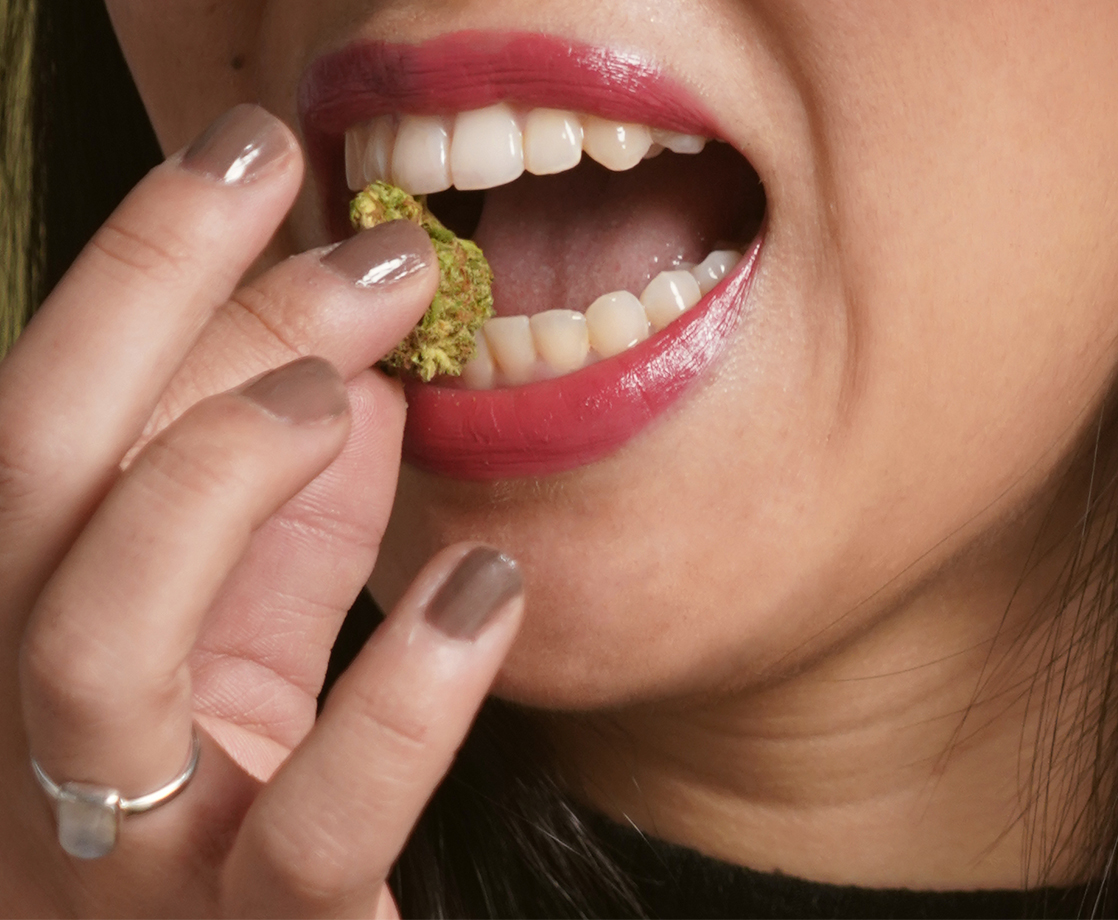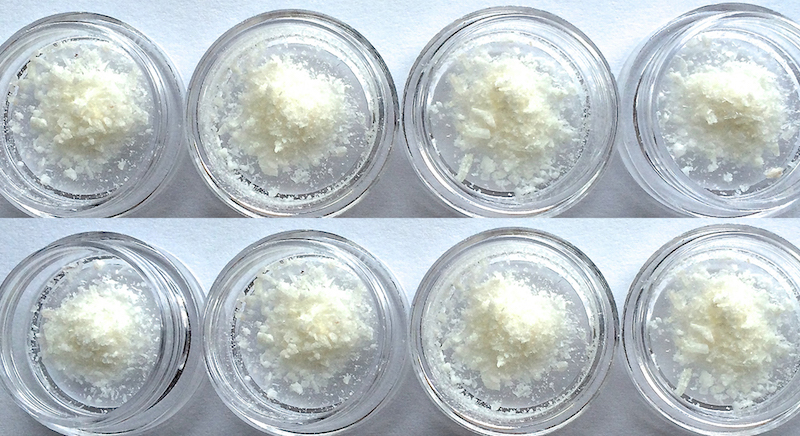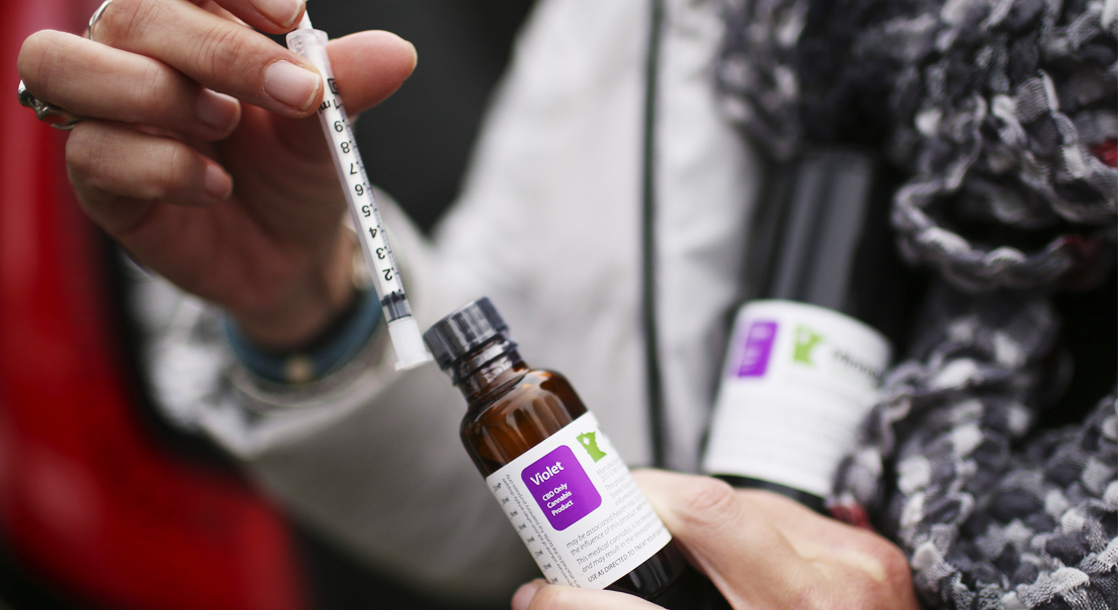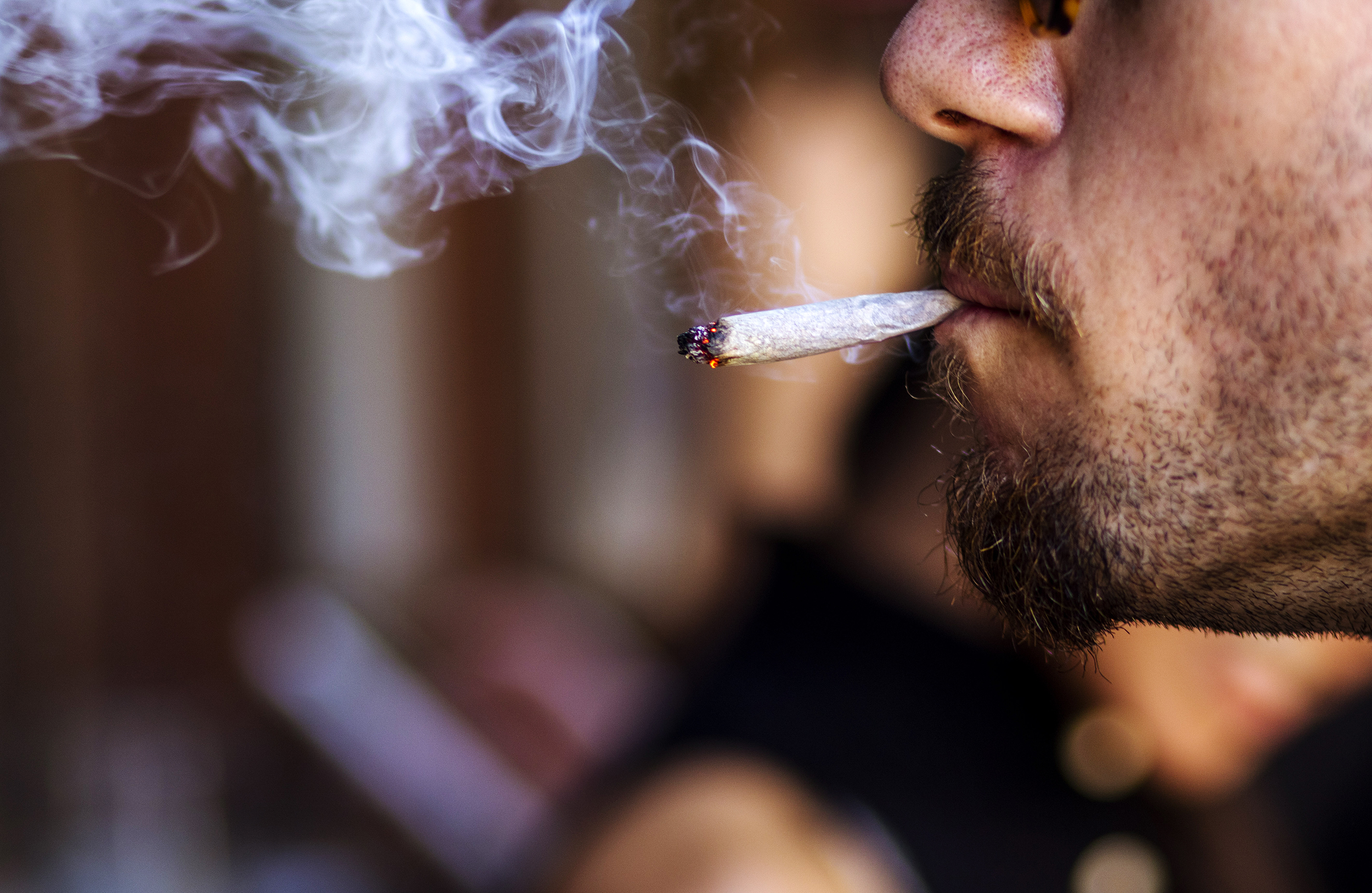All photos courtesy of the SheHaze crew
The reasons people consume cannabis are as complex as the plant itself. That’s why the human connection to the sweet leaf is so fascinating: it’s dynamic, versatile, and — for women — inherently synergistic.
Women and weed go together like peanut butter and honey, avocado and toast, CBD and THC— you get it. Women and weed are also among Earth’s oldest duos. But as cannabis has inched its way out of the shadows, the relationship between women and cannabis has often been sexualized and taken out of context. Though the surge of legalization has ignited a new wave of feminism, a lingering stigma still exists for women who embrace the herb.
That’s why it’s never been more crucial for women to get high. And “SheHaze,” a new photo series conceived by Montreal-based Camille Chacra and Sara Hini — and presented by Allume, a women-centric cannabis lifestyle shop, and Aye, an online indie art magazine — showcases exactly that: Women smoking weed, and them radiating with authenticity and elegance while doing it.
The series is comprised of eight portraits of diverse women who ultimately serve as an exploration of womanhood and cannabis through the art of visual storytelling. “Our goal was to illustrate genuine relationships with the plant,” says Chacra. “[SheHaze] features women from all walks of life who use cannabis.”
Chacra reveals that the project showcases a woman who uses cannabis to treat symptoms resulting from traumatic brain injuries. Another “SheHaze” subject, Chacra explains, uses the plant to deal with the pangs of Catholic guilt.
“We’re planning on continuing the series after all the photos are released,” says Chacra. “The next round will likely focus on Indigenous women in the cannabis space.”
MERRY JANE talked to Chacra and Hini about the motivation to see “SheHaze” through, why it’s important to explore women’s relationships with the plant, and how they hope viewers respond to the project. The series launches in full on the eve of 4/20 and will run until July 31. Every two weeks, Chacra and Hini will unveil a new woman’s portrait on the “SheHaze” Instagram.
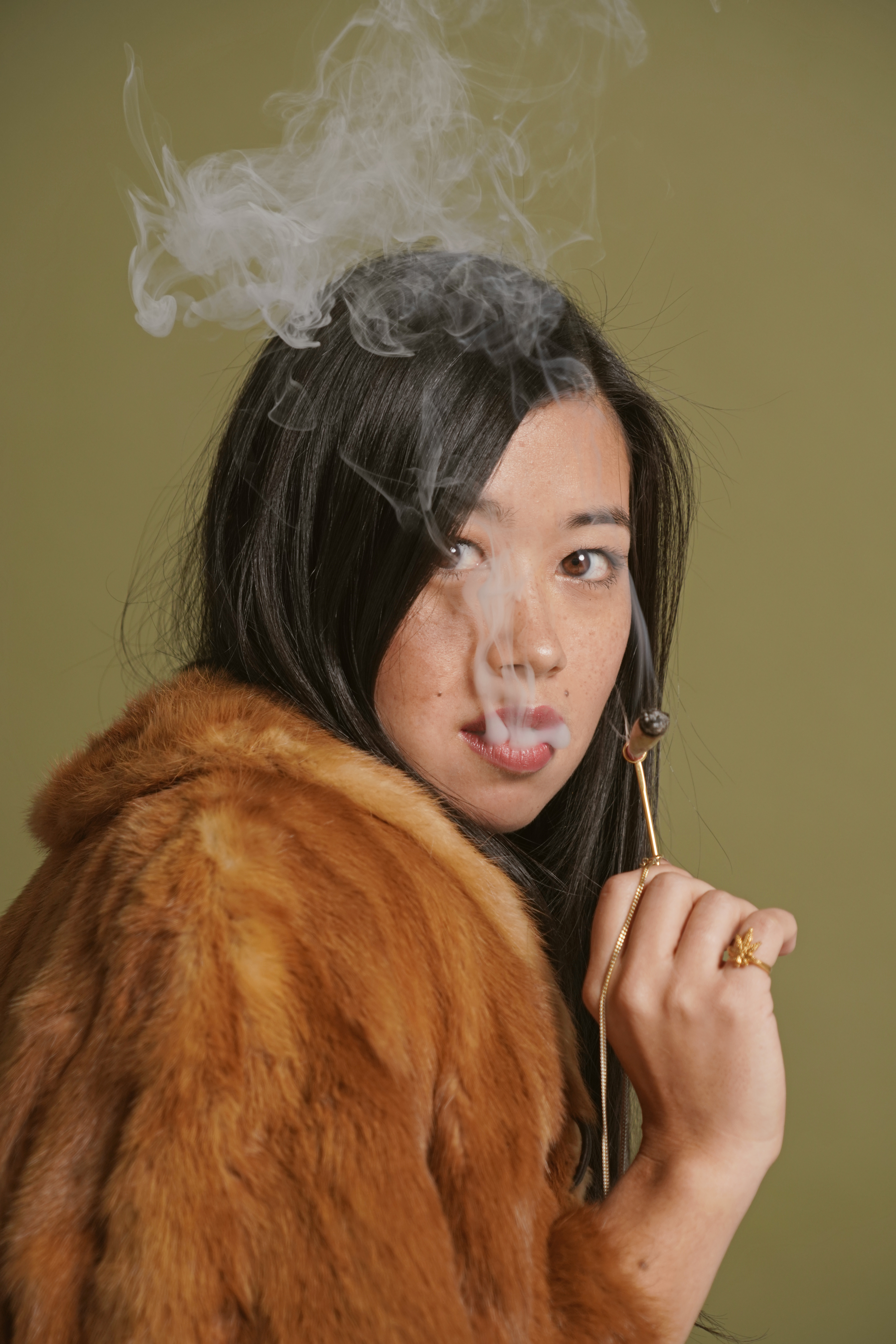
MERRY JANE: What inspired this project and how did you come up with the idea?
Camile Chacra: I was browsing Instagram one day and came across “The Womanhood Project,” a photo series that hones in on issues related to womanhood with interviews and intimate portraits (@the_womanhood_project).
I was blown away by the women who were featured. They shared their deepest feelings about the female experience with such candor, covering topics from motherhood to body dysmorphia and depression. I then realized that the same type of series could be done with a cannabis angle, which we haven’t seen much of. So I DM’ed Sara, one of the creators and creative director [of “The Womanhood Project”]. I had never met her, but I figured it was worth a shot. She responded with enthusiasm and we immediately scheduled a meeting. It’s really hard to find a creative partner who is on the same page when it comes to commitment and conceptualization — but we really hit it off.
Over time, we fleshed out the idea with great attention to diversity, honesty, openness, and the power of community. We wanted to speak to women from all walks of life, not models in bikinis taking bong rips. “SheHaze” is all about relatability, which can be hard to come by in the cannabis space.
Why is it important to showcase the stories of women cannabis consumers?
Sara Hini: Regaining a certain power in our narrative as women is essential in this day and age, in all areas of life — including cannabis consumption. It starts with sharing a wide range of stories, since all women are different, just like their experiences. When weed was legalized in Canada, it was a critical moment for us. We wanted to immediately jump on the opportunity to openly talk about the relationship women have with cannabis. As co-creator of The Womanhood Project, I saw the power of being vulnerable and sharing a personal story. With “SheHaze,” we wanted to have fun with this, but also offer a safe space for women to embrace the power of their narratives.
How did you come up with the name?
CC: We came up with the name during a creative brainstorm at a Cafe Darling in our hometown of Montreal. We were firing off a bunch of words related to cannabis and eventually landed on “SheHaze.” We had a few other options, but when we later reviewed our ideas with fresh eyes, “SheHaze” jumped off the page. The vibe just felt right; it has a dreamy/trippy quality to it, yet also speaks to the unapologetic edge the women in the series possess.
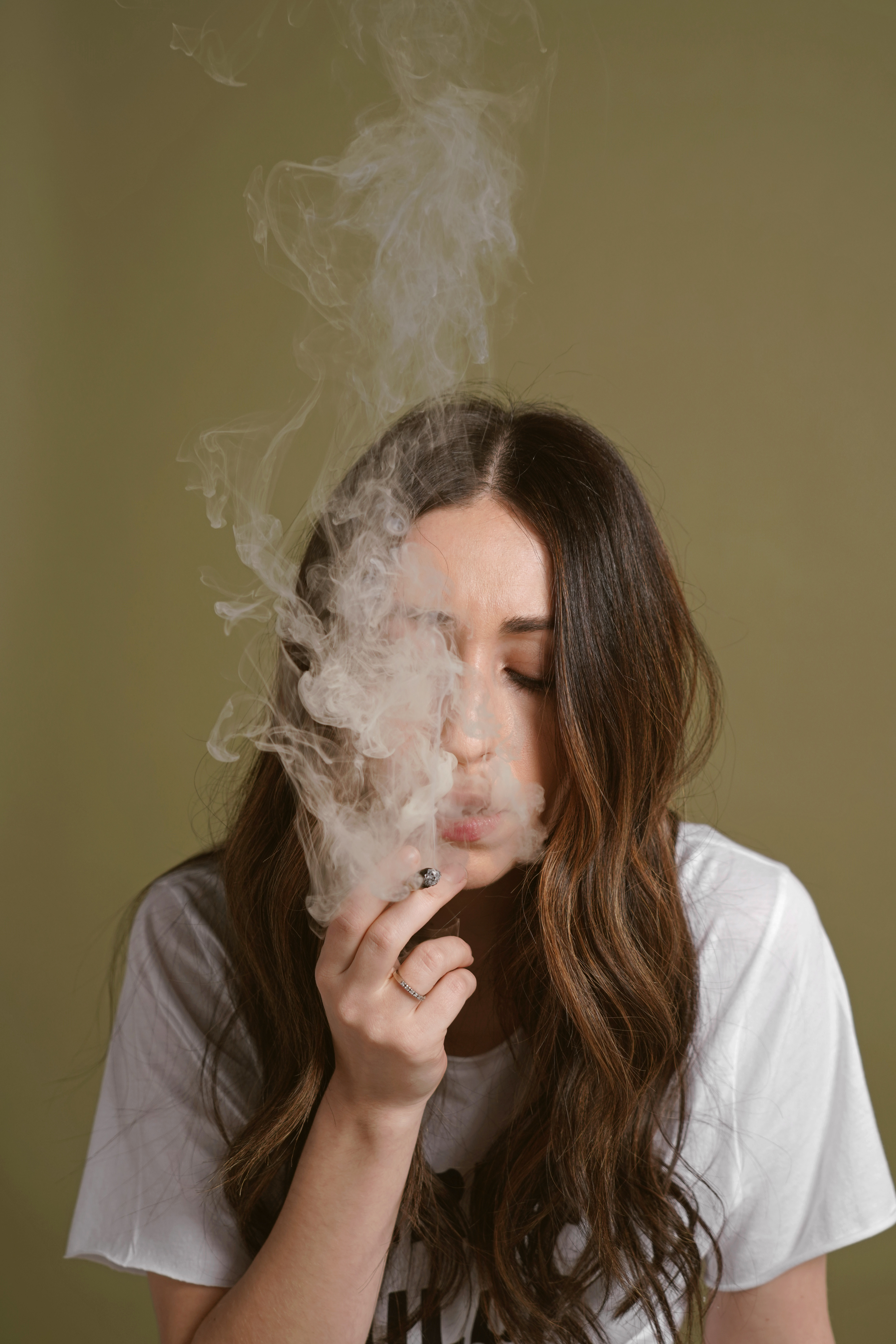
How many women in total are you focusing on for this project?
SH: We have eight women total, including myself and Camille. First, it made a lot of sense to be a part of this project, too, since the topic is really personal. Participating also gave us perspective in terms of artistic direction. We could genuinely relate to the women going through this process, which was really inspiring.
How did you choose them?
SH: The other participants are people in our circles. We thought about doing an open call, but quickly realized the stories around us were already so powerful and diverse. And of course, when we were going through the “casting” process, it was our top priority to showcase diversity and reality. We wanted to have a wide range in terms of experiences, cultural backgrounds, ages, and so on. We hope to include even more women in another shoot. There’s no such thing as too much diversity. It brings meaning, power, and truth.
It seems like the images you’ve featured make powerful statements. They capture a lot of emotion accented by cannabis. Do you mind expanding on this?
CC: That was definitely the goal when we were conceptualizing the series. We wanted the images to tell a story and showcase each woman without any frills — just a green backdrop, some weed, accessories and snacks of choice. By creating a raw, uncomplicated setting, we could truly capture the essence of the cannabis experience and how it’s so unique for everyone.
Viewers will see a range of emotions throughout “SheHaze”: from elation to relief. For example, my portrait really evokes the deep sense of calm that comes over me when I smoke. You’ll see a blanket-like cloud rising, which really illustrates that experience. Each photograph in the series has that quality, which really makes the viewer think and feel.
Can you tell us about who partnered with you for “SheHaze”?
SH: We worked with such an amazing group of talented women. Once Camille and I fully conceptualized the project, we approached Monse Muro, one of my favorite photographers/artists in Montreal. I had the chance to work with her on a show we organized with Aye, and I really liked her sensibility and approach. We also teamed up with Julie Tellier, a co-founder at Aye, on production and logistics. We work very well together and have such a similar vision. It was helpful to have her amazing insight. Both Monse and Julie also use cannabis for multiple purposes, which added even more depth to “SheHaze.”

What is your overall goal for the “SheHaze” project?
SH: To do our part and fight against stigma, specifically when it comes to female cannabis users. Stereotypes still exist and persist, despite the female role models in the industry. We believe that photography has always been a great medium to understand important issues. Here, we have the power of the image and the impact of words.
What do you want men to take away from this series?
CC: First and foremost, it’s high time men realize that a woman who enjoys weed is not a novelty. Too often, it seems they have ridiculous reactions — almost a “frat boy” mentality. I’ve been told verbatim: ‘You’re cool, you’re a stoner,’ and ‘No way, you toke?! I wish my girlfriend would do that.’
I think many women are tired of those reactions, even if they’re harmless. It’s just annoying as fuck. I often ask myself why there always has to be a commentary, so hopefully “SheHaze” will make some men rethink the way they see female cannabis users.
Secondly, I want them to acknowledge the diversity of our cannabis community. These women come from all walks of life: mothers, doctors, students, artists, lawyers — you name it. They use cannabis to unwind, treat ailments, enhance their self-care routines, and so much more. There’s a common misconception that we’re “bad girls,” which isn’t the case.
For updates on “SheHaze,” including the next portraits they’re dropping, follow them on Instagram


